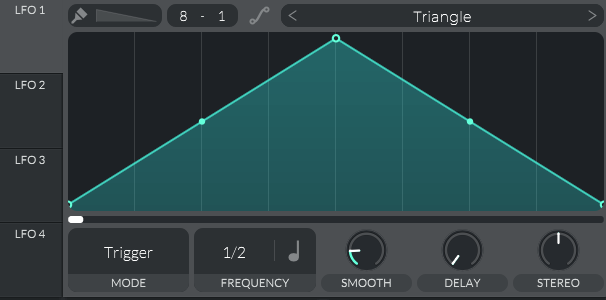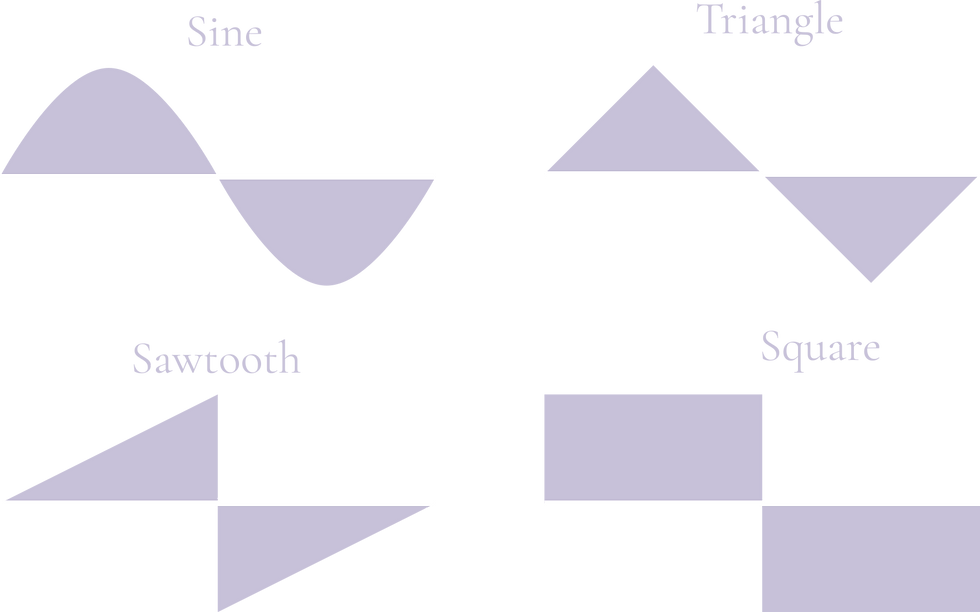Part II : Introduction to Vital
- mxneffe
- Nov 5
- 2 min read
Table of content
Oscillators
LFOs
Envelopes
Filters
This article is a draft.
In this article, we are about to get into the fun of it. However, before we do, let's do presentations, and take a moment to look at essentials tools for synthesis we haven't covered in the previous article.

This is Vital. It is powerful and it is free. I once again encourage you to download the synth yourself through the official website, and mess around while following this article.
So, let's get started.
Oscillators
The main feature that greets us when we open Vital is its three oscillators, which is a respectable amount to begin with. Let's decorticate one of them:

The LEVEL knob controls the volume.
PAN is short for panorama: on stereo devices, you can adjust the position of the sound between the left and right ear.
Just above the knobs, we have the pitch adjustment: the left is to transpose, that is to say bring up or down, by semitones, and on the right is the tuning in cents.

Under the knobs you can see the filter setting. This indicates where the sound will be routed, allowing it to be passed through the two filters you see on the first image.

The main piece however is the waveform selector. Vital already comes with a bunch of presets for the waveforms and wavetables, but you can create your own using the integrated editor.

On the left, we have the voice settings, allowing you to control the number of voices, or iterations of the sound, as well as the detuning between them. On the right, we have the phase shift and phase randomisation. And for those who are curious about the left and right knobs: they allow for frequency morphing and distortion respectively, and we will get into them in a future article.
This is the machine that will generate your sound, and its controls. Of course, while you can play with a single oscillator, you will be able to create richer sounds by playing with different synths and harmonics.
LFOs
LFO stands for Low Frequency Oscillator. Those usually oscillate at very low frequencies, and do not normally produce sound by themselves. You can use them to modulate any of the parameters presented above, and much more, by dragging and dropping them onto the parameter you choose to modulate. They can be used on each other as well.

Just like on the VCOs above, there is a waveform that you can edit, as well as a variety of presets. You can adjust the frequency in notes, notes dotted or triplet, and in seconds. The MODE setting allows you to set how and when the LFO is going to be triggered.
While this section is short, I cannot emphasize enough the use of LFOs in synthesis. They are wonderful for adding rhythm and texture to your sound, and they are an essential component of any synthesiser.
Envelopes
Envelopes are sometimes called ADSR envelopes because of their four main parameters:


Comments